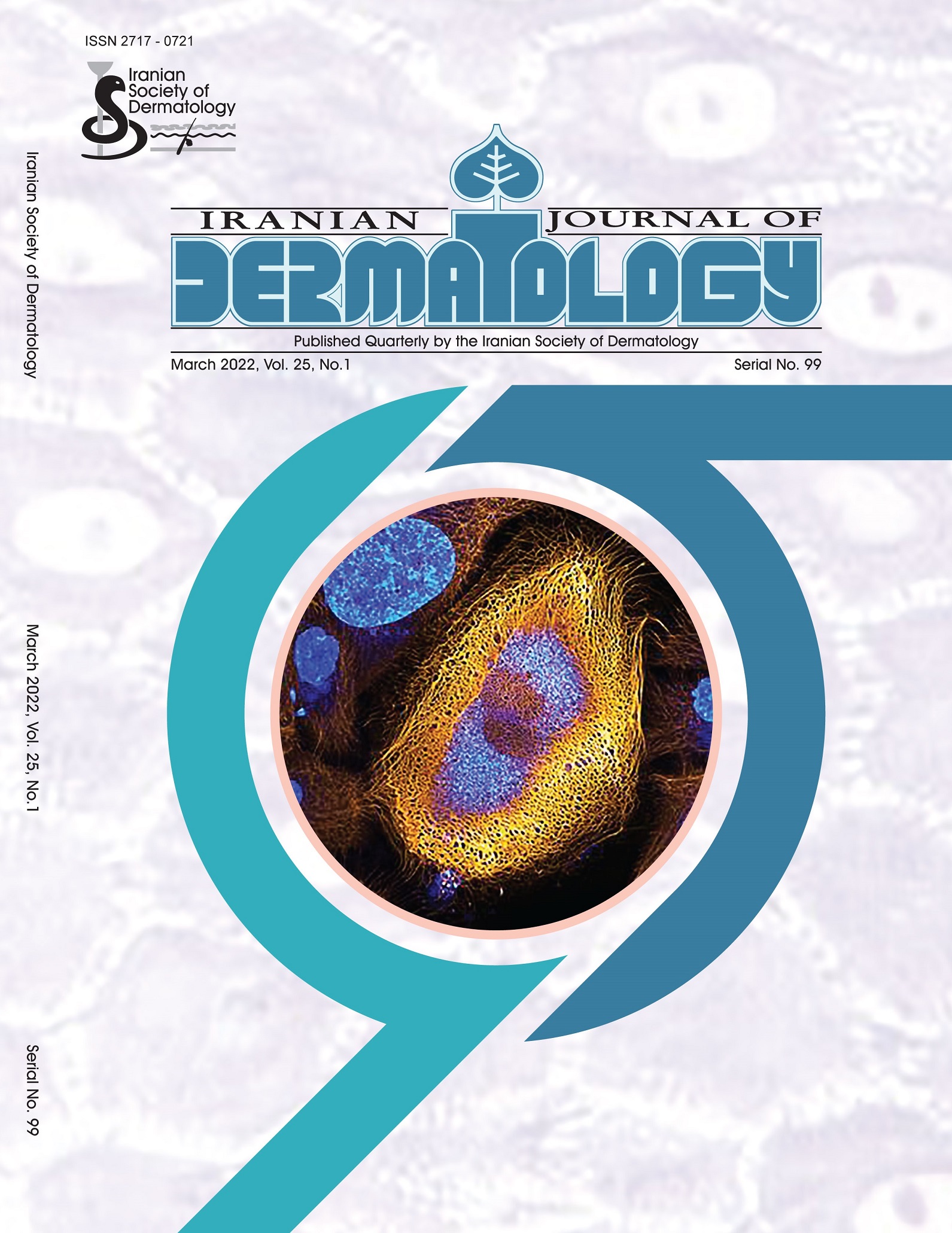Document Type : Original Article
Authors
1 Department of Dermatology and Venereology, Faculty of Medicine, Public Health, and Nursing, Universitas Gadjah Mada, Yogyakarta, Indonesia
2 School of Medicine, Faculty of Medicine, Public Health, and Nursing, Universitas Gadjah Mada, Yogyakarta, Indonesia
Abstract
Background: Simvastatin is a beta-hydroxy-beta-methylglutaryl- CoA (HMG-CoA) inhibitor molecule with several pleiotropic (immunomodulatory, anti-inflammatory, and antioxidant) activities. In this study, we evaluated the protective effect of simvastatin on ultraviolet B (UVB)-induced photoaging of normal human dermal fibroblast cultures by assessing fibroblast proliferation, collagen deposition, and fibroblast morphology.
Methods: This study was an in vitro experiment using normal human skin fibroblast cell cultures. Fibroblasts were then cultured and observations were made of fibroblast proliferation, collagen deposition, and cell morphology using various concentrations of simvastatin (0 nM, 0.01 nM, 0.1 nM, 0.5 nM, 1 nM, and 5 nM) and UVB exposure (100 mJ/cm2).
Results: After UVB exposure, a significant decrease in fibroblast proliferation and collagen deposition was observed. Cells appeared thinner, and fibroblasts were less organized and more pointed. Simvastatin with 0.01 nM, 0.1 nM, 0.5 nM, 1 nM, and 5 nM levels could significantly maintain cell proliferation and collagen deposition compared to UVB-irradiated cell groups without simvastatin. Interestingly, fibroblast proliferation and collagen deposition in the simvastatin group above 0.5 nM were not significantly different from the normal human dermal fibroblast group. An increased level of collagen deposition was also confirmed by observing the fibroblast morphology, which had more red-smeared cells on Sirius red staining. The antioxidant activity of simvastatin might play a role in fibroblast proliferation and collagen deposition, protecting against UVB by inhibiting reactive oxygen species. Simvastatin
maintained fibroblast morphology, possibly by preventing DNA damage and maintaining membrane-bound collagen fiber deposition.
Conclusions: Our findings revealed that simvastatin pretreatment mitigated UVB-induced photoaging in human dermal fibroblast cells by maintaining fibroblast proliferation, collagen deposition, and fibroblast morphology.
Keywords

